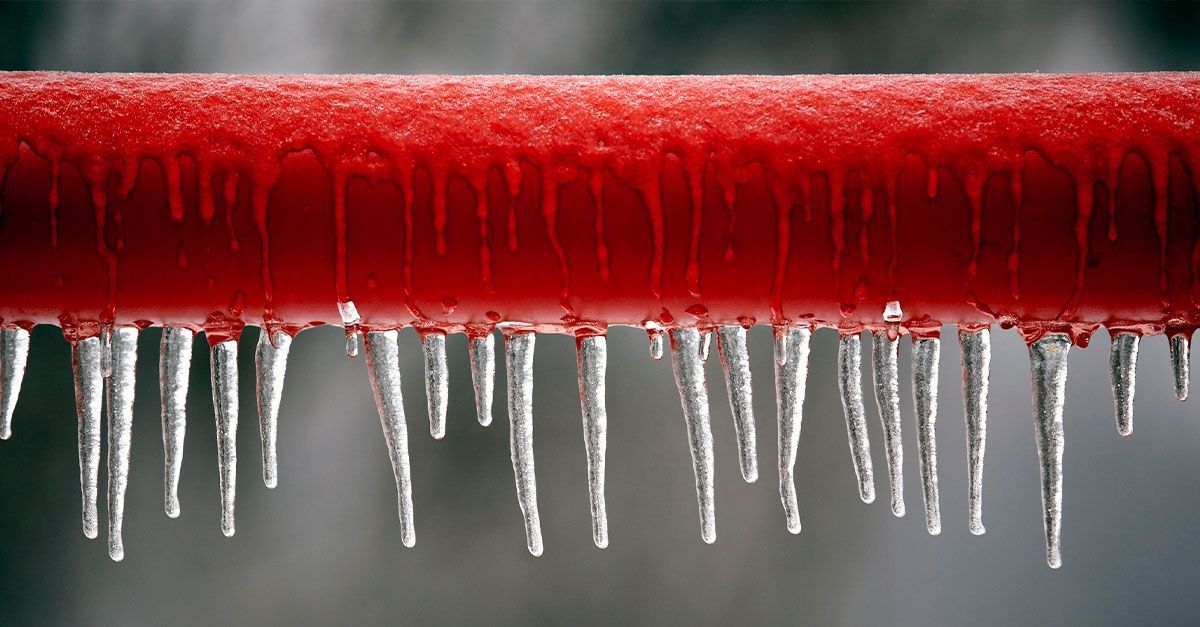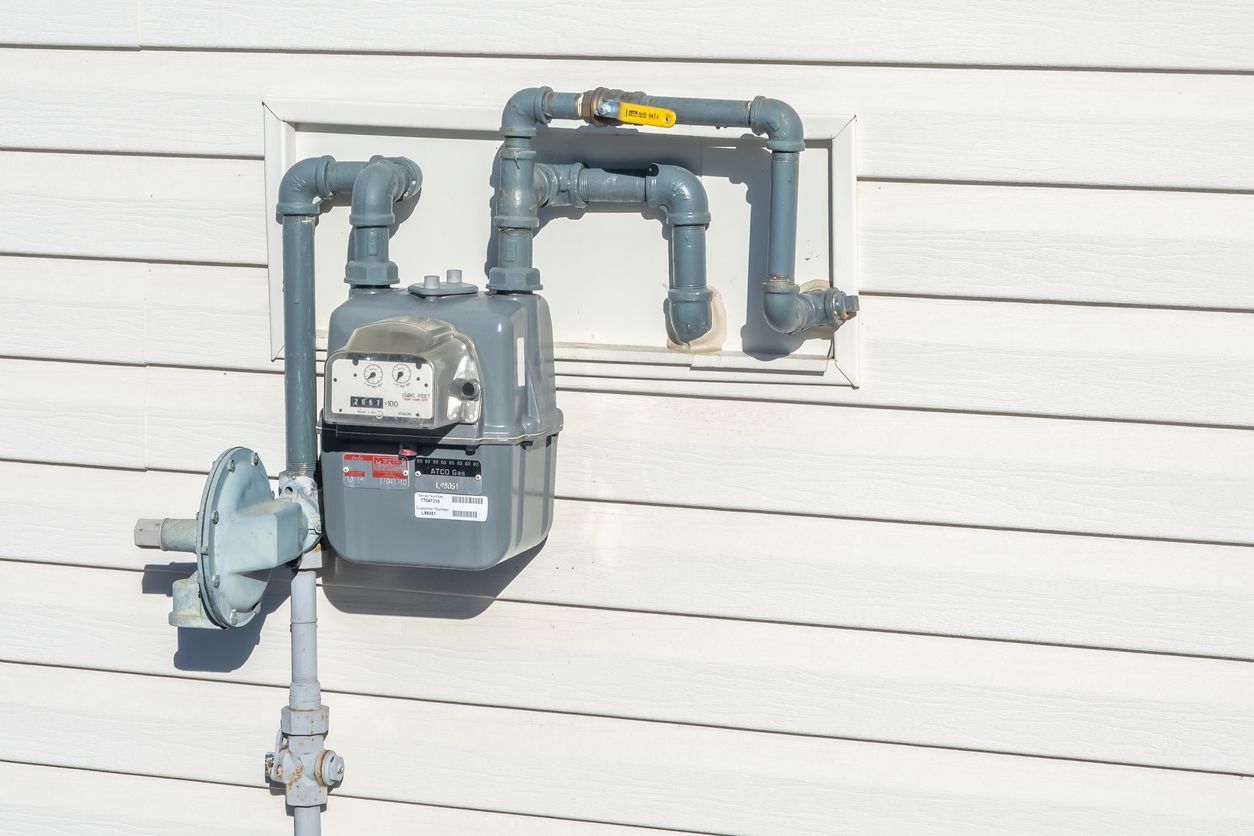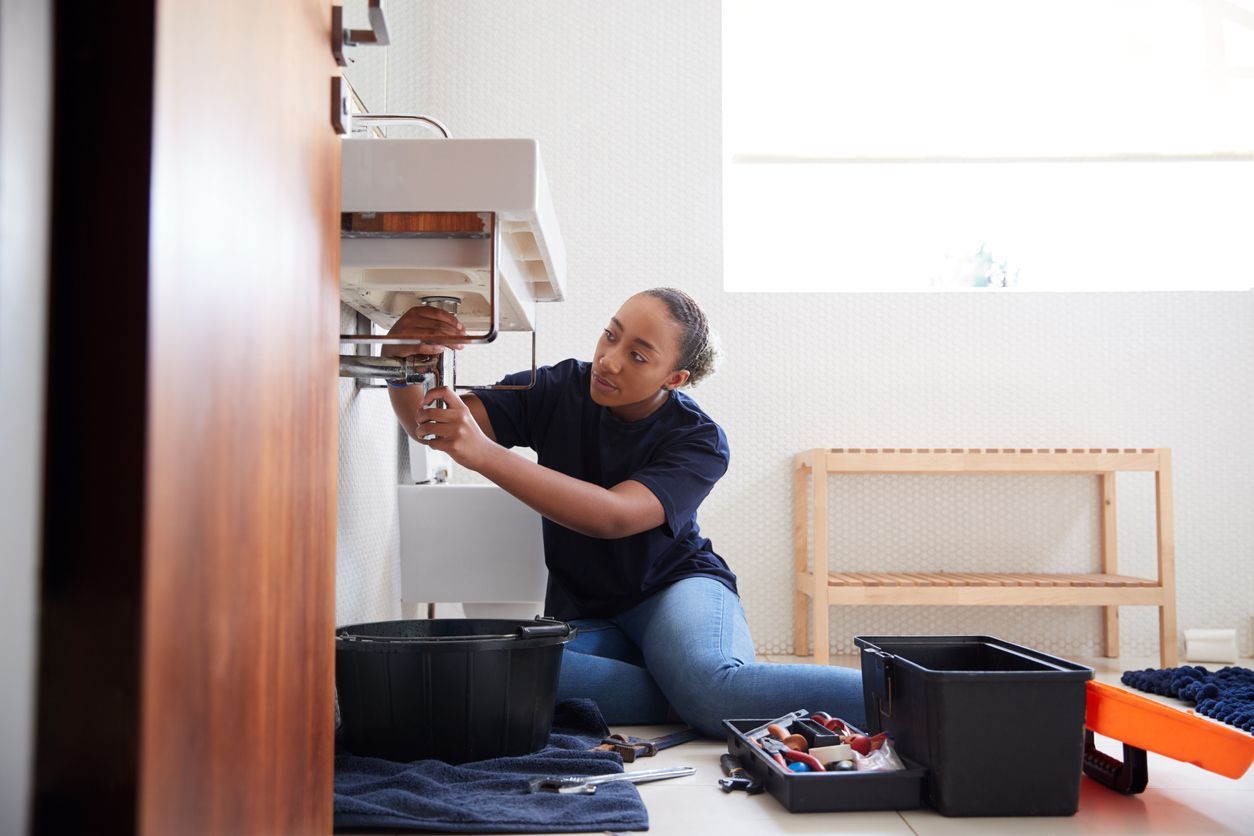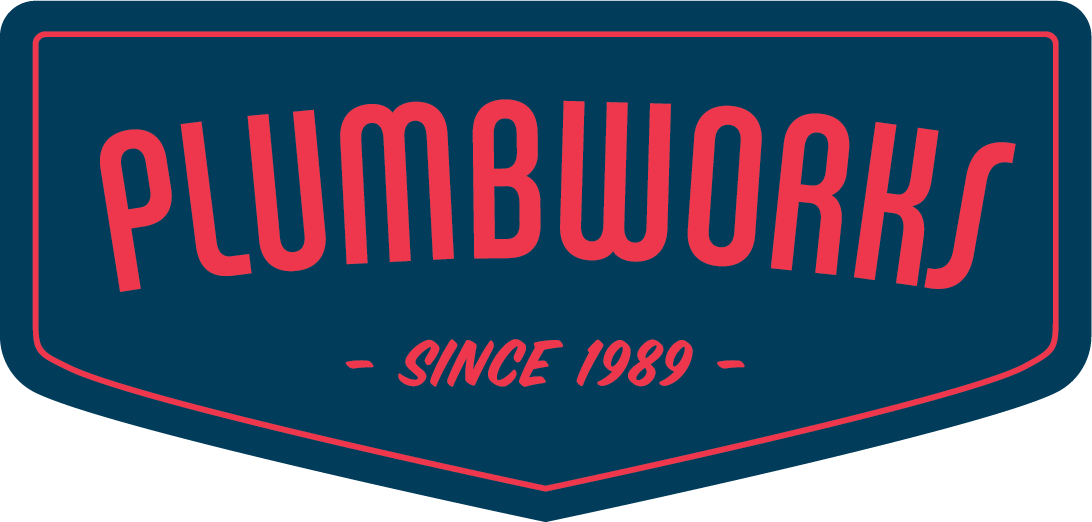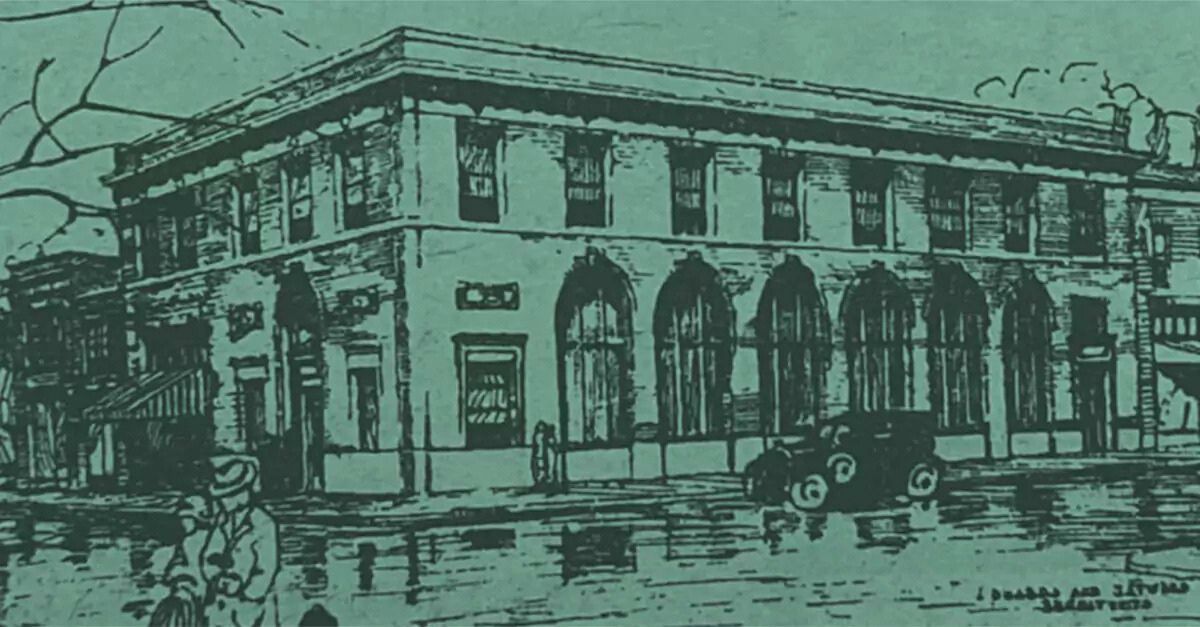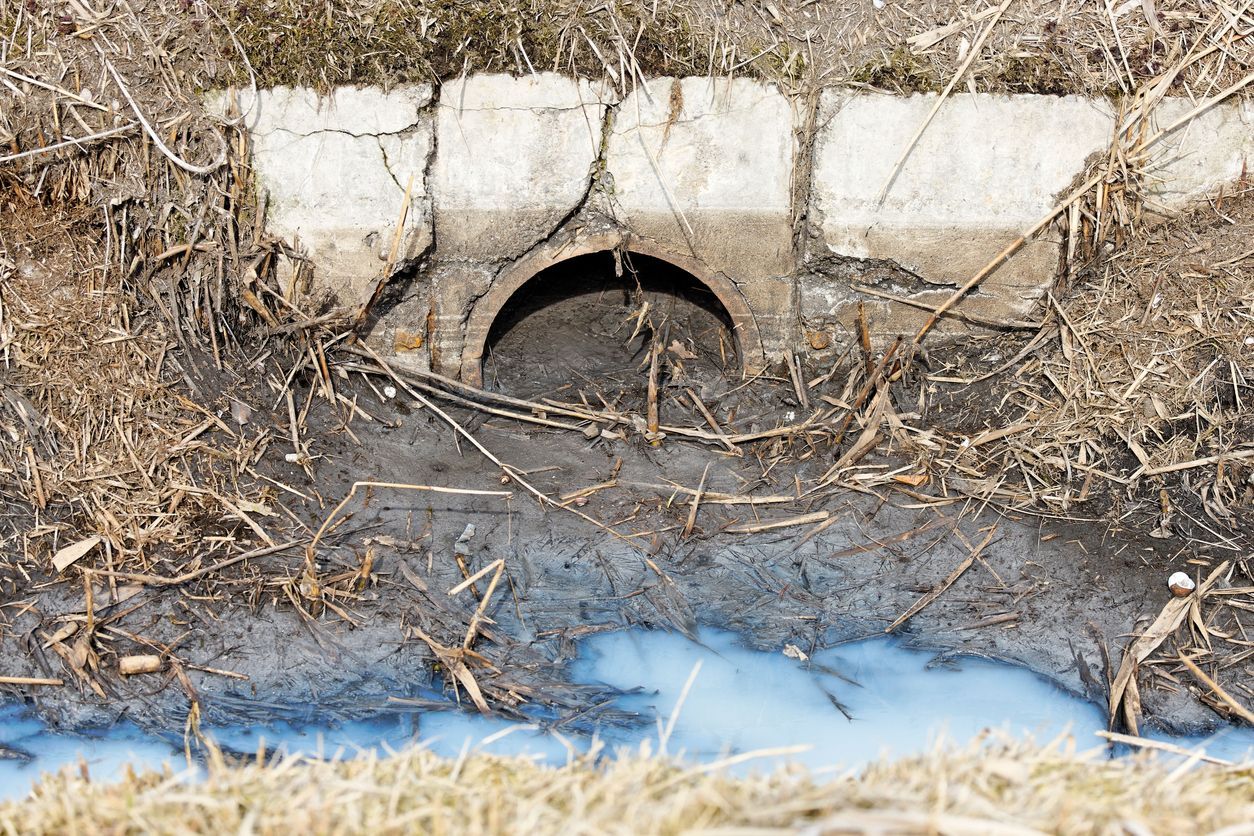7 Reasons Your Toilet Keeps Clogging and How To Prevent Them
Some clogged toilets may require a plumber's help to resolve. However, many occurrences simply need a little troubleshooting for you to take care of them on your own. Figuring out how to fix a clogged toilet usually means figuring out the reason why the clogging happened and either fixing the toilet or fixing the usage habits that led to the clog in the first place.
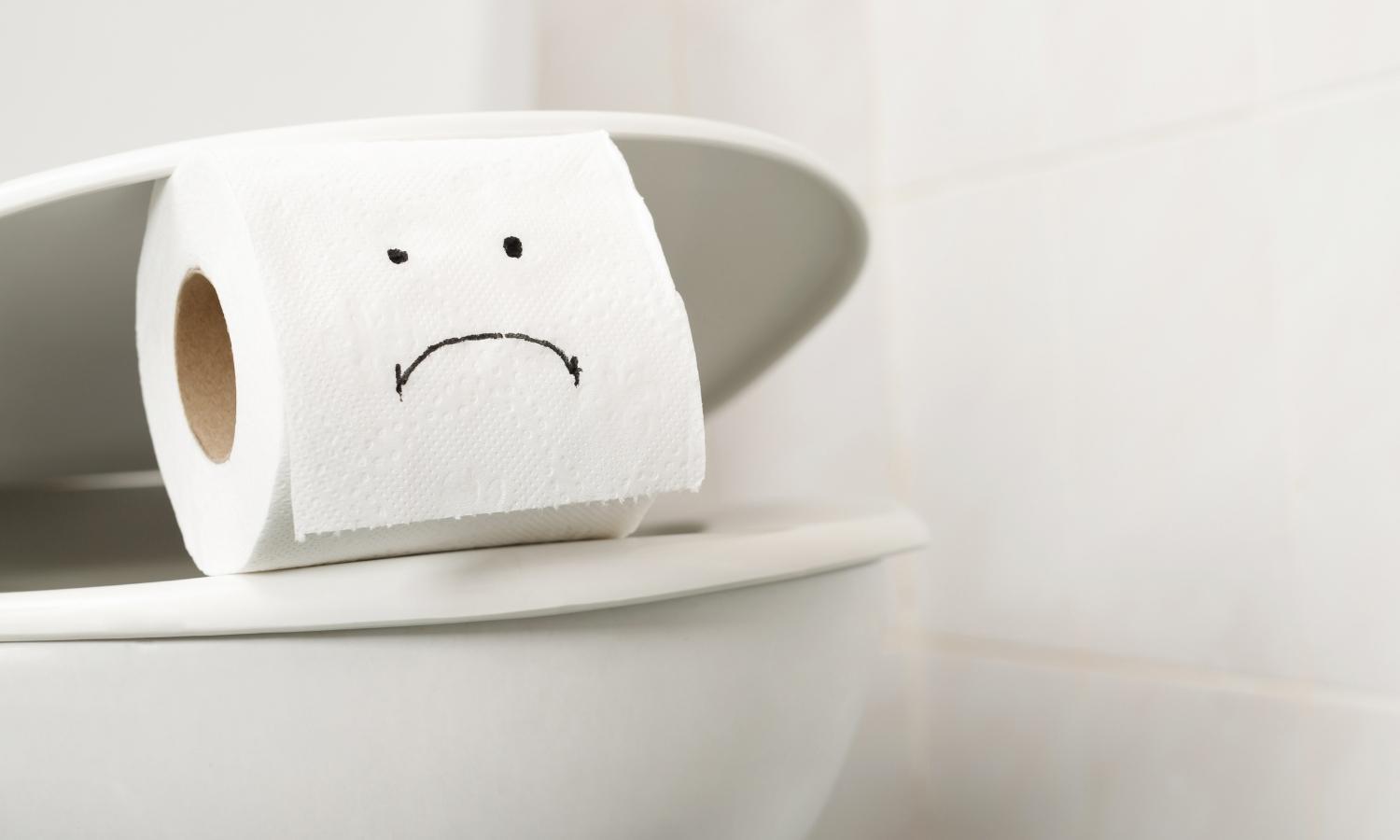
1. The Sewer Line Has a Clog
When your toilet keeps clogging, but you can't find the source of the clog in the toilet, you might have a clog in the sewer line. The toilet can't flush properly when an obstruction exists somewhere down in the sewer line. So how do you determine whether you have a clog in the sewer line?
One obvious sign is that multiple drains in the house don't function properly or drain particularly slowly. If your toilet doesn't flush well and your tub and or shower start to back up, your sewer line may be clogged.
Unclogging your sewer line is a larger undertaking and typically is a job for your local plumber. If you allow the clog to remain for too long, you risk damaging your sewer system or having a cracked pipe. This can lead to your system requiring more intensive repairs such as
trenchless sewer line replacement.
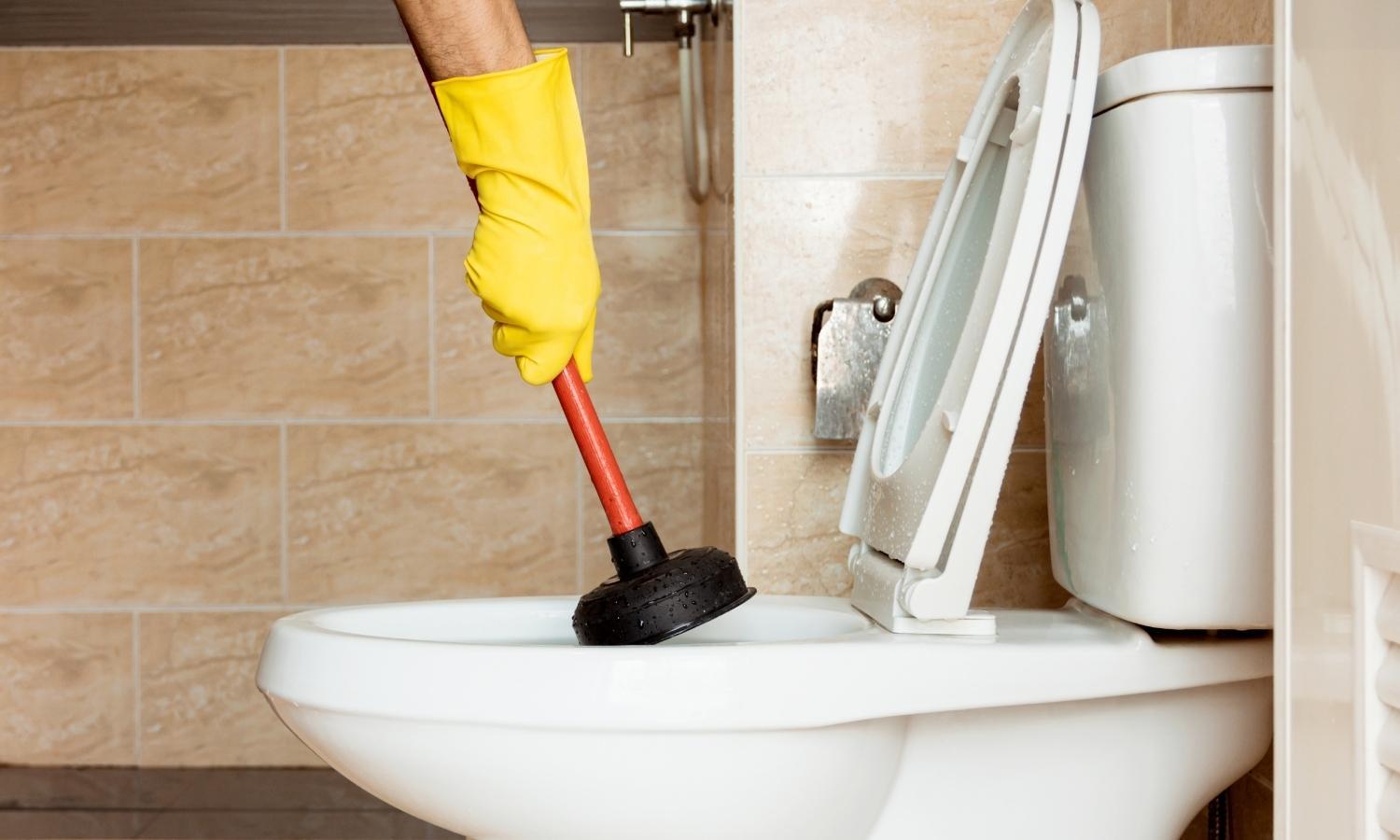
2. The Toilet Vent Is Blocked
The materials that you flush down your toilet often smell bad, and a toilet vent helps eliminate lingering odors via a vent at an exterior opening. A toilet that repeatedly clogs may mean a toilet vent blockage.
How can you tell when you have a toilet vent blockage instead of a sewer line clog? You may find that the smells from your toilet linger rather than dissipate after you flush the toilet. The area around your toilet may even begin to smell when you're not actively using the toilet.
How do you fix a clogged toilet vent? You may need to get on the roof and find the vent to clean the debris located inside it. You can usually clear it fully by using a garden hose. If you feel unsafe performing this fix, a clogged toilet plumber is just a quick call away.
3. The Toilet Trap Is Clogged
Not everything that goes down the toilet belongs in the sewer line. Sometimes, you may accidentally flush items that shouldn't pass through the system. Doing so may result in a toilet trap clog. The trap in the toilet is similar to the trap you might see in a sink drain, which catches debris that shouldn't enter the pipes.
Reasons your toilet trap may clog include using too much toilet paper and flushing items like baby wipes down the toilet. When you experience a clogged toilet because of these habits, your toilet trap is doing its job well in keeping those items from entering the sewer line.
Fixing this issue is often accomplished with a simple toilet plunger. You may need to move to a toilet auger if the plunger doesn't work and the toilet keeps clogging. Your plumber is also one of the best options for how to fix a toilet that keeps clogging up.
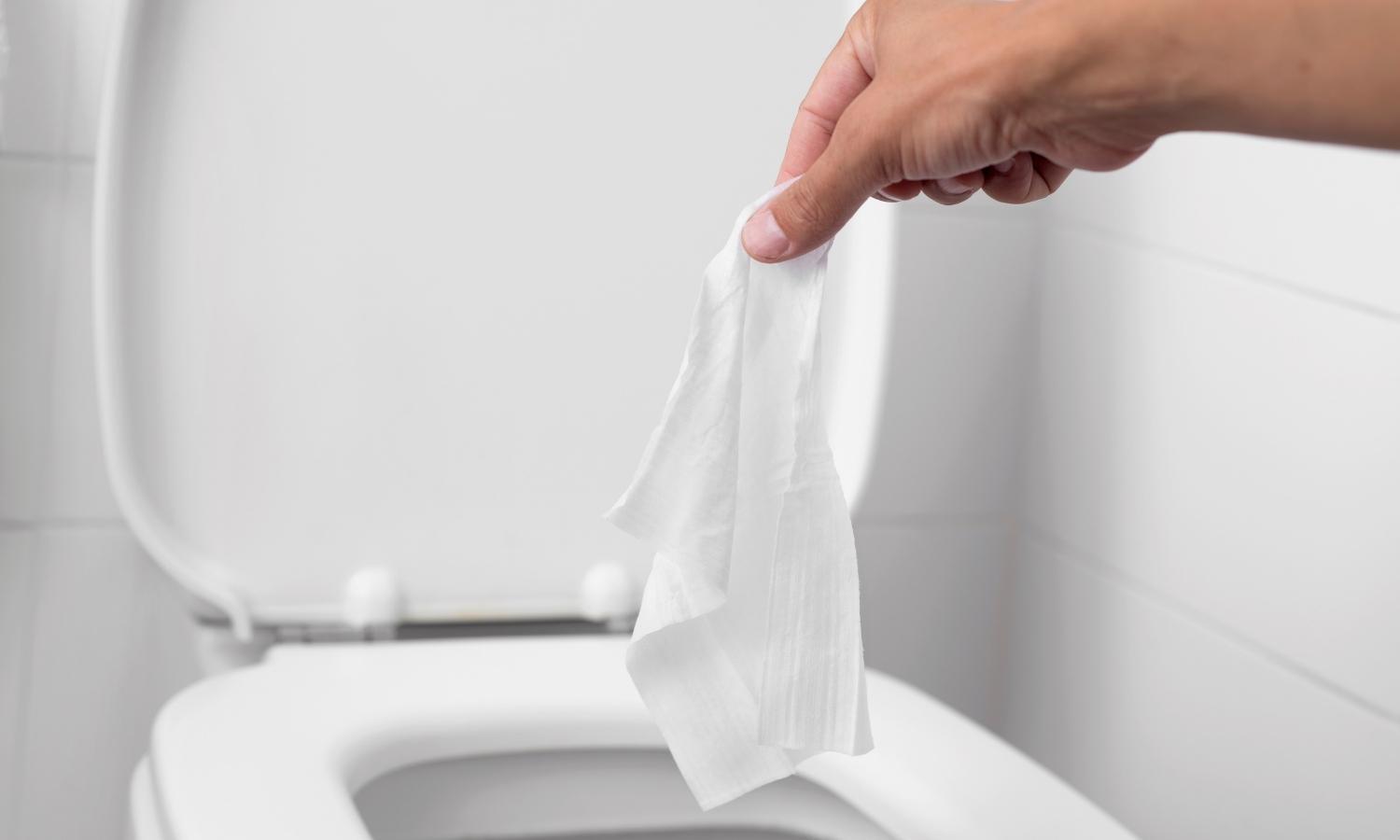
4. The Toilet Can't Handle the Non-Flushable Materials
It may seem like you can put just about anything down a toilet, and it will disappear with a simple flush, but you might find yourself having to fix clogged toilet bowls more often than not when you try to flush things that shouldn't go down the toilet.
Items that you shouldn't try to flush include paper towels that you recently used to clean the bathroom and facial tissue and ear swabs that should go into the trash instead of the toilet. Toilet tissue is the only item besides waste and water that should enter the toilet.
If you have young children in the house, they might drop something into the toilet that doesn't belong there. Sometimes, it's a simple matter of using a toilet plunger to remove the errant toy or eliminate the clog. For serious issues, your best toilet clog remover is a plumber.
5. Too Much Toilet Paper
Toilet tissue these days features all sorts of embroidery with multiple sheets stapled together in every roll. Sometimes, these fancy toilet paper rolls clog toilets because they're used in excess. Even though it might not seem like you're using a lot of toilet paper, it's still pretty easy to clog a toilet with triple-ply toilet paper and thick, fancy brands.
If you find yourself using the plunger every few days and you're not otherwise dropping anything into the toilet that shouldn't enter the pipes, you might have a toilet paper problem. The easiest way to reduce how often the toilet clogs is to use less toilet paper.
Secondly, you may switch your toilet paper to a single-ply or 1-ply version, which shouldn't cause too many clogs as long as you're not using an entire roll per "go." Also, try to avoid balling up the toilet paper when you use it. Balls of toilet paper shoved into the pipes may create more clogs.
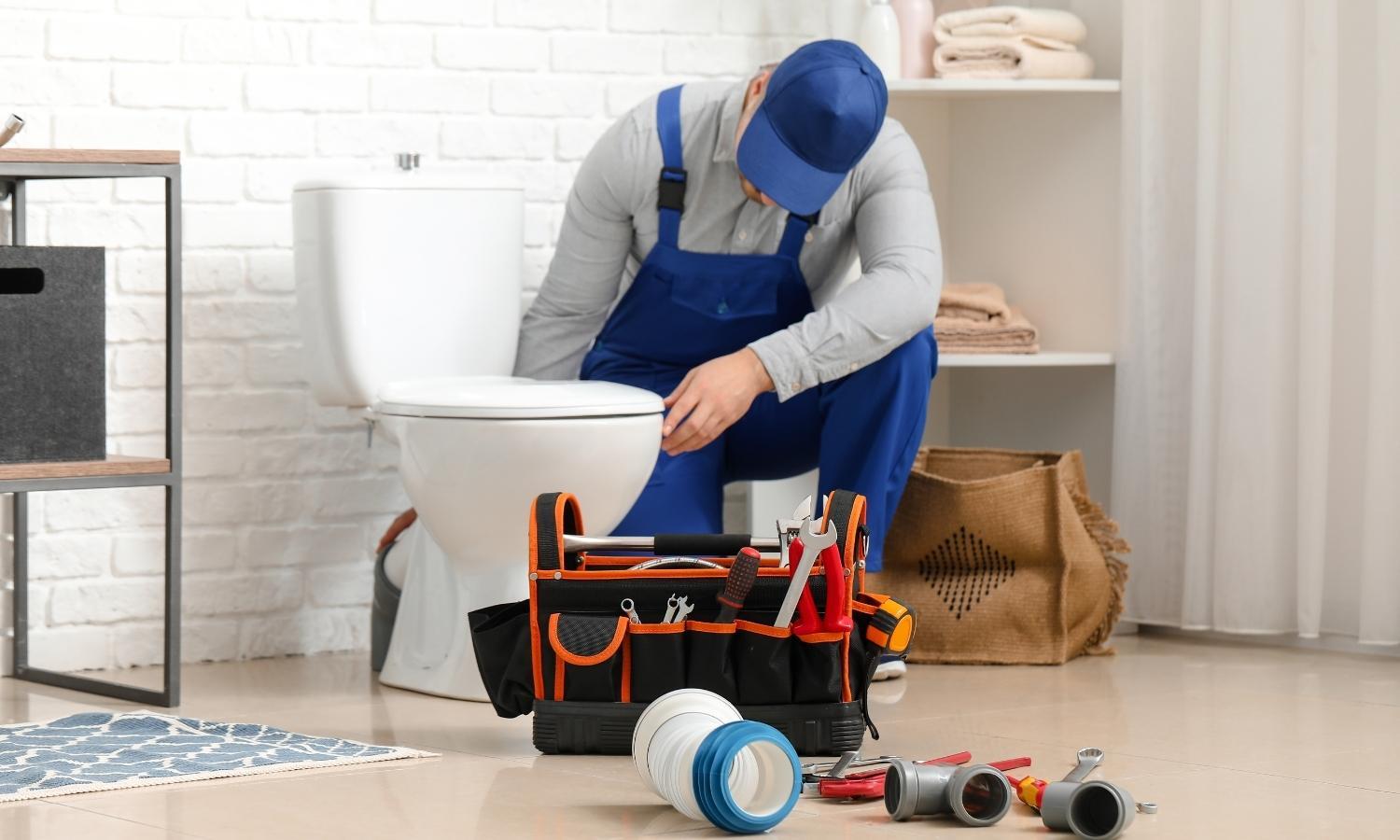
6. Old Toilets That Start to Fail
Many homeowners swear by the old appliances and devices in their homes for their longevity and reliability; however, old toilets aren't always the most reliable items in the home. Old toilets are especially problematic when they're the first-generation "low flow" toilets that were manufactured in the mid- to late-1990s.
Unfortunately, the first toilets that manufacturers designed to use less water were effective in using less water, but they also caused more frequent clogs due to a lack of appreciable water pressure in each flush. Using fewer squares of toilet tissue is usually the easiest way to reduce how often the toilet keeps clogging.
In some cases, you may want to consider getting a new toilet. Toilets today function amazingly well despite using less water, and many budget-friendly models exist. Your plumber can often install a toilet in just a few hours, so it's an easy process. Plus, your plumber can make sure your plumbing is clear of debris and clog-making materials during the installation process.
7. Your Sewer Line is Damaged
Unfortunately, figuring out how to fix a toilet that keeps clogging up might require some serious work from a plumber. One of the most serious issues that can result in a clogged toilet is a break in the sewer line. Although the sewer line that runs to your septic tank or your city's sewer system is well-protected underground, tree roots can puncture the line and lead to cracks, damage, and holes.
You may be able to clear a clog in the line by yourself if you're willing to use a motorized auger to clean out the drain pipe, but fixing the pipe virtually always means calling a plumber. A plumber can remove a section of pipe and replace it, fixing the hole.
You may also need to consider eliminating the tree roots in the vicinity of the line to prevent further damage to the system. Getting your main sewer line repaired isn't the smallest job out there, so you might need to prepare yourself for some significant work in your yard to prevent a future clogged toilet.
Do you need a
toilet repair in Atlanta? Call Plumb Works, your Atlanta plumber, today!
"Wait, I Need More Info!" No Problem!
Sewer Camera Inspections: What Are They?
How Fast Do Tree Roots Grow in Sewer Lines?
